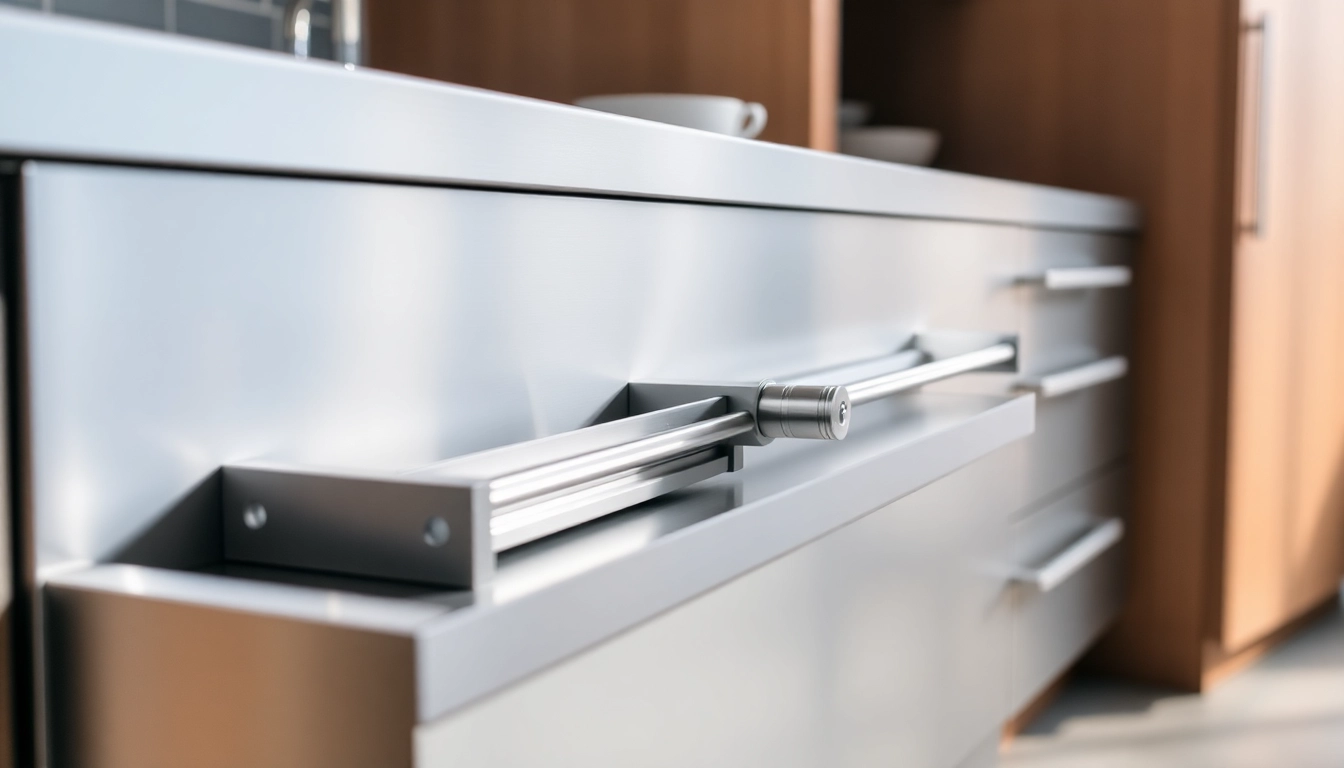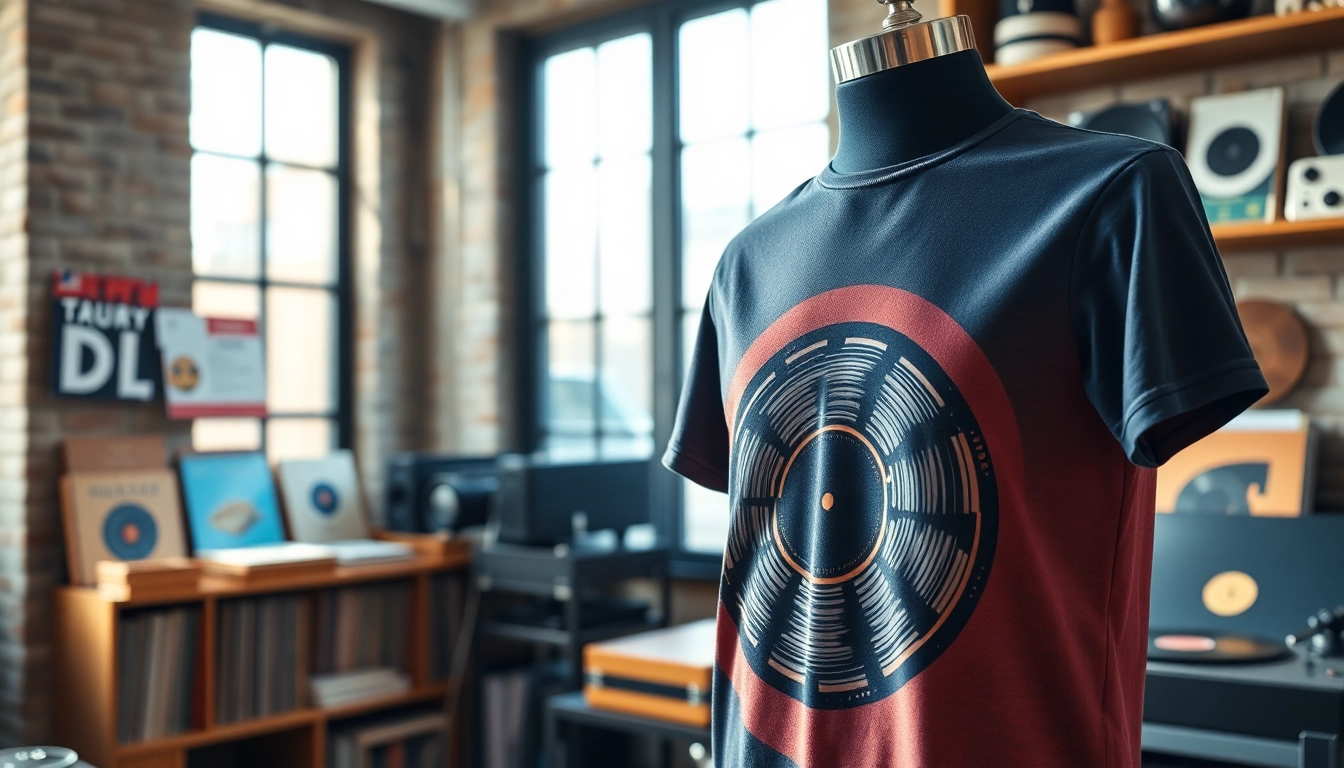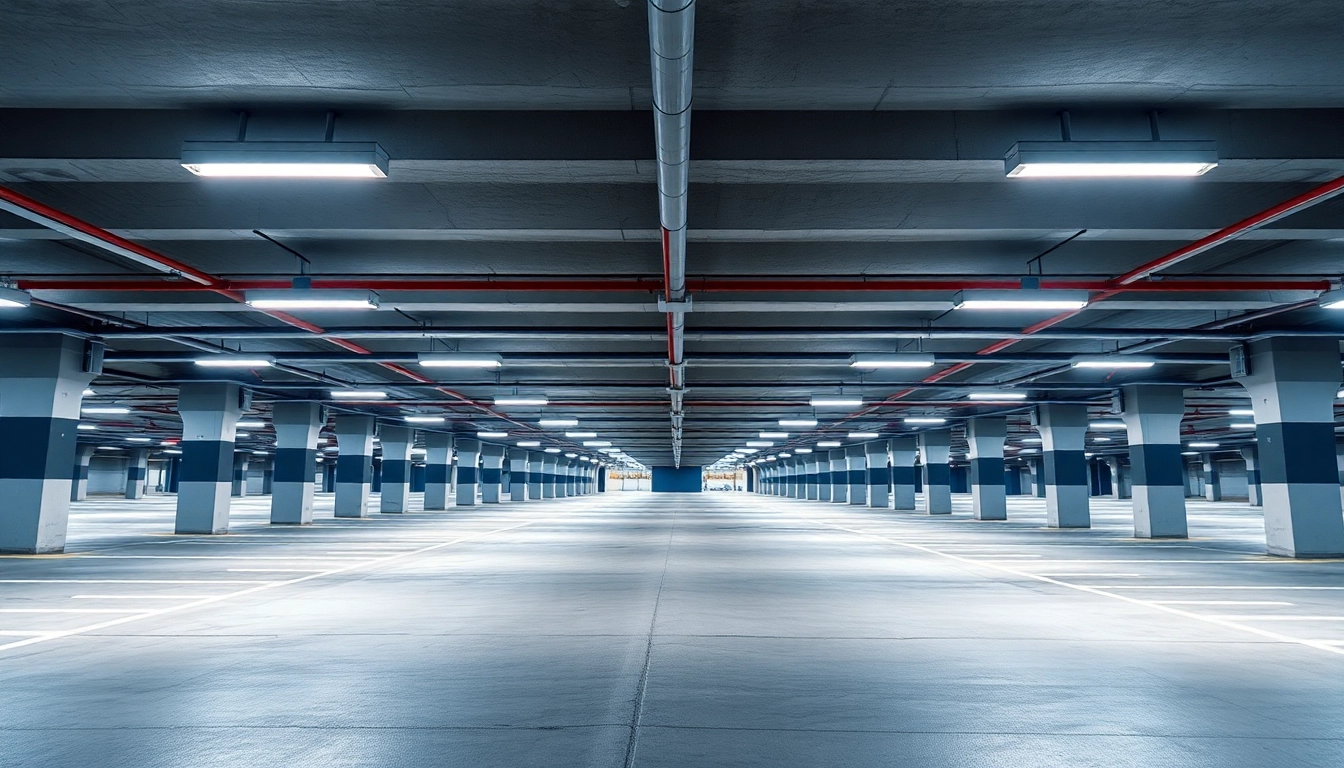Understanding the Metal Drawer System
What is a Metal Drawer System?
A Metal Drawer System refers to a type of drawer construction predominantly made from metal materials such as steel or aluminum. These systems are engineered for strength, durability, and functionality, making them an ideal choice for a variety of applications in residential and commercial settings. Unlike traditional wooden drawer systems, metal drawer systems offer enhanced support, smoother operation, and a modern aesthetic.
Metal drawer systems typically feature various sliding mechanisms, including ball-bearing slides and undermount systems, allowing for easier movement and accessibility of contents inside the drawers. They come in different designs, sizes, and load-bearing capacities, often tailored to meet specific user needs and preferences.
Benefits of Using Metal Drawer Systems
Metal drawer systems present a plethora of advantages over traditional drawer materials. Here are some notable benefits:
- Durability: Constructed from robust materials, metal drawer systems resist damage from impact, moisture, and wear, ensuring long-term performance.
- Weight Capacity: Most metal drawer systems can support greater weight loads, making them excellent for heavy-duty applications such as tool storage or kitchen cabinets.
- Easy Maintenance: Metal surfaces are typically easier to clean and can be treated to resist corrosion and staining.
- Modern Aesthetic: Offering a sleek and contemporary look, metal drawers can complement a wide range of interior styles.
- Smooth Operation: With integrated sliding mechanisms, they provide almost effortless access to contents compared to wooden alternatives.
Common Applications for Metal Drawer Systems
Metal drawer systems are incredibly versatile, used in numerous applications such as:
- Residential Furniture: Common in kitchens, bathrooms, and wardrobes where practicality meets style.
- Commercial Spaces: Often found in offices and retail environments for storage solutions for files, documents, or merchandising items.
- Workshops and Garages: Essential for tool storage, allowing for organized and accessible inventory.
- Industrial Applications: Used in factories and warehouses due to their capacity to support heavy loads and resist harsh environments.
Types of Metal Drawer Systems
Ball-Bearing Slides vs. Undermount Systems
When choosing a metal drawer system, understanding the sliding mechanisms is critical. Two popular types are ball-bearing slides and undermount systems:
Ball-Bearing Slides
Ball-bearing slides incorporate steel ball bearings that facilitate smooth sliding. This mechanism is generally robust and allows for full-extension access to the drawer’s contents. These slides can support significant weights and provide excellent durability, often lasting for years without requiring maintenance. They are especially useful in applications where heavy items are stored.
Undermount Systems
Undermount systems are designed to be installed beneath the drawer, eliminating the need for visible side mounts. This design enhances aesthetics and allows for full access to the entire drawer’s depth. Undermount systems often feature soft-close capabilities, which prevent slamming and ensure a quiet operation, making them ideal for residential spaces.
Heavy-Duty Metal Drawer Options
For specific applications requiring maximum durability and load-bearing capability, heavy-duty metal drawer options are available. These drawers are built with reinforced structures, enhanced sliding mechanisms, and higher weight capacities, often exceeding 100 pounds. Industries like manufacturing and automotive frequently utilize these robust solutions for heavy tools and parts.
Choosing the Right Finish for Your Metal Drawer System
The finishing of a metal drawer system is vital not only for aesthetics but also for functionality. Here are common finishing options you can consider:
- Powder Coating: This finish is applied electrostatically and baked to create a hard, durable surface. It is resistant to scratches, chipping, and chemicals.
- Brushed Metal: Offering a minimalist and industrial look, brushed metal finishes reduce the appearance of fingerprints and smudges.
- Stainless Steel: Known for its hygiene properties and resistance to corrosion, stainless steel provides a sleek appearance suitable for both kitchens and commercial spaces.
Installation and Maintenance of Metal Drawer Systems
Step-by-Step Installation Guide
Installing a metal drawer system can be a straightforward process if you follow these steps:
- Gather Tools: Obtain necessary tools, including a drill, screwdriver, measuring tape, and level.
- Measure and Mark: Measure the cabinet or space where the drawer will be installed. Mark the drill holes for the slides accurately.
- Install the Slides: Attach the slides to the cabinet sides using screws. Ensure they are level and aligned with one another.
- Attach Drawer Box: Align the drawer box with the slides and push it into place until it clicks securely.
- Test the Operation: Open and close the drawer to ensure smooth operation. Adjust as necessary.
Essential Maintenance Tips for Longevity
To ensure the longevity of your metal drawer system, adhere to the following maintenance tips:
- Regular Cleaning: Dust and wipe down surfaces regularly to prevent accumulation of dirt or debris.
- Lubricate Moving Parts: Apply lubricant to sliders and hinges periodically to maintain smooth operation.
- Inspect and Tighten: Periodically check screws and connections; tighten as necessary to maintain structural integrity.
Common Issues and Troubleshooting
Even the best metal drawer systems can encounter issues. Here are some common problems and their solutions:
- Drawer Not Closing Properly: Check for obstructions or misalignment with slides. Realign and ensure nothing is blocking the path.
- Sticking or Stalling: If the drawer is hard to open, examine the slides for dust build-up. Cleaning and lubricating can usually resolve this.
- Squeaking Sounds: This can indicate insufficient lubrication. Apply lubricant as needed to the drawer slides and moving parts.
Comparing Metal Drawer Systems to Other Materials
Metal vs. Wood Drawer Systems
When deciding between metal and wood drawer systems, it’s essential to analyze the benefits and drawbacks of each:
- Durability: Metal offers superior resistance to damage compared to wood, making it suitable for high-use environments.
- Weight Capacity: Metal systems typically support more weight, while wood may sag or warp over time under heavy loads.
- Aesthetic Versatility: While wood provides a classic look, metal can offer modern aesthetics that appeal to contemporary designs.
Cost-Effectiveness of Metal Drawer Systems
Cost-effectiveness is a crucial factor in determining the best drawer system for your project. Metal drawer systems, while potentially higher in initial investment compared to wooden systems, often prove more cost-effective over time. Their durability and reduced maintenance needs lead to longer life spans, fewer replacements, and overall better value. For businesses, this translates to less downtime and increased productivity due to their resilience in high-traffic environments.
Design Trends in Metal Drawer Systems
As an evolving aspect of interior design, metal drawer systems are increasingly reflecting current trends. Popular trends include:
- Minimalism: Streamlined designs that favor function and simplicity, often featuring clean lines and unobtrusive hardware.
- Customization: More manufacturers are offering customizable metal drawer solutions, allowing for tailored dimensions and finishes to fit individual needs.
- Integration of Technology: Smart drawer systems are emerging, featuring built-in electronic components for enhanced functionality and user interfaces.
Maximizing Space and Functionality with Metal Drawer Systems
Innovative Storage Solutions and Organizers
Maximizing space is crucial, especially in smaller environments where every inch counts. Metal drawer systems lend themselves well to innovative storage solutions, including:
- Modular Organizers: These can be placed within drawers to segregate different types of items, enhancing accessibility.
- Pull-Out Mechanisms: Utilizing pull-out systems allows items at the back of the drawer easily accessible, maximizing functionality.
- Utilization of Vertical Space: Tall drawers can offer more storage than traditional shallow cabinets, capitalizing on vertical storage potential.
Integrating Metal Drawer Systems in Custom Furniture
Custom furniture designs often benefit from the advantages offered by metal drawer systems. Designers can incorporate these systems into a wide range of furniture, from kitchen cabinetry to standalone units in living spaces. This integration not only provides versatility in design but ensures that each piece is functional, practical, and aesthetically appealing.
Future Trends in Metal Drawer System Design
As furniture design continues to evolve, so do metal drawer systems. Future trends include:
- Eco-Friendly Materials: Increased emphasis on sustainable materials is leading some manufacturers to use recycled metals and eco-friendly finishes.
- Smart Features: Technologies such as motion sensors and automated opening mechanisms are poised to enter the market, offering enhanced convenience.
- Enhanced Ergonomics: Future designs are likely to prioritize ergonomic elements, ensuring ease of use for diverse consumer demographics.















Leave a Reply